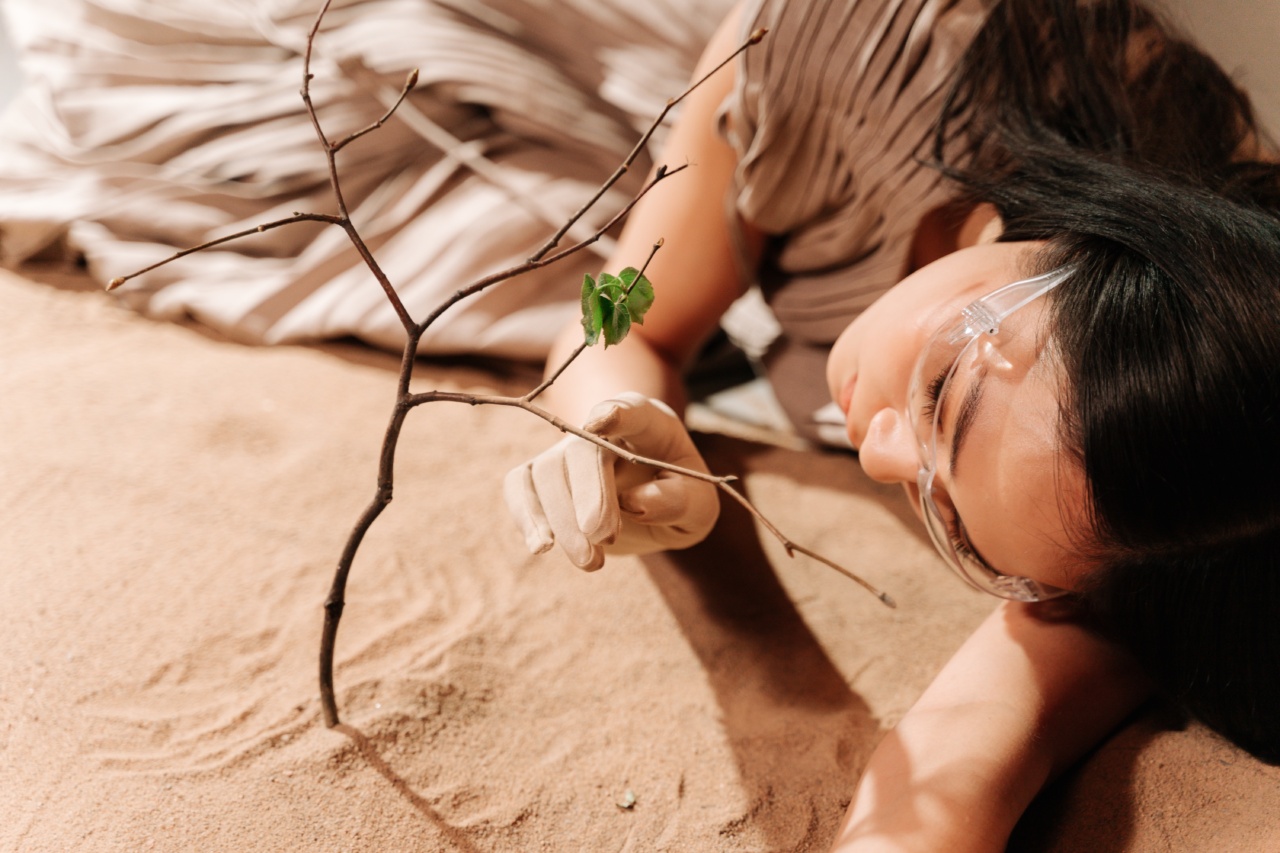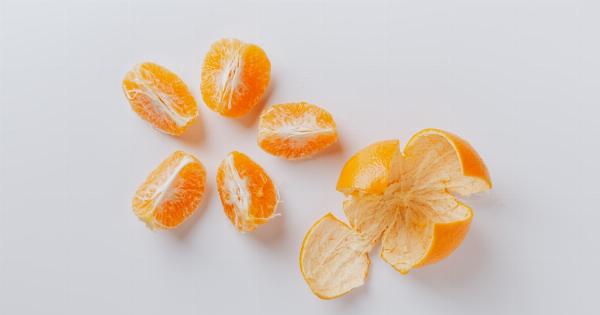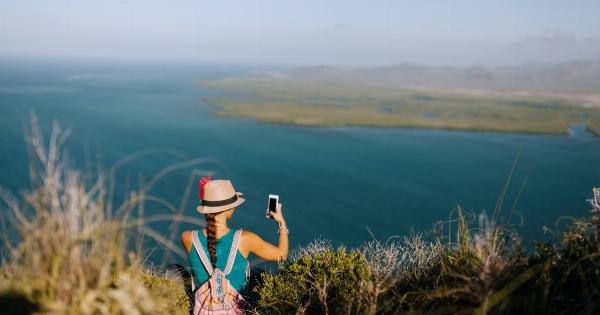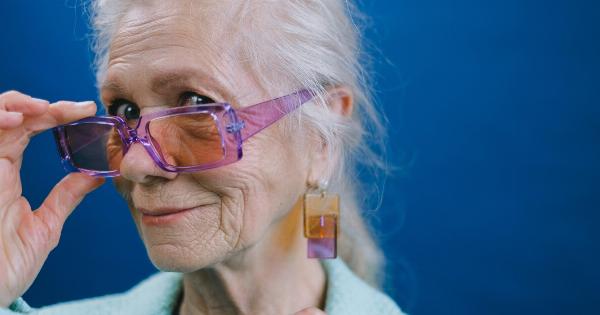We’ve all experienced it – that pruned, wrinkled look our skin gets after spending too much time in water, whether it’s taking a long bath, swimming in a pool, or doing chores like washing dishes.
But have you ever wondered why our skin wrinkles in water? Is it a sign of damage or is there a scientific explanation behind it? In this article, we will explore the various factors that contribute to skin wrinkling in water and shed light on this intriguing phenomenon.
The Mechanism Behind Skin Wrinkling
To understand why our skin wrinkles in water, we need to delve into the underlying mechanism. Our skin consists of several layers, with the outermost layer being the epidermis and the layer beneath it being the dermis.
The dermis contains crucial components like collagen and elastin, which give our skin its elasticity and structure.
When we expose our skin to water, it undergoes a process called osmosis. Osmosis is the movement of water across a semi-permeable membrane from an area of low solute concentration to an area of high solute concentration.
In this case, the high solute concentration refers to the salt and other minerals present within our skin cells.
Once our skin is submerged in water, it absorbs water through the epidermis. As the water penetrates the skin, it causes the skin cells to swell, leading to the characteristic wrinkled appearance.
This swelling occurs due to the increased water content in the cells, causing them to expand and change shape.
Aging and its Impact on Skin Wrinkling
While wrinkling in water is a temporary phenomenon, it is worth noting that aging plays a significant role in how our skin responds to water exposure.
As we age, our skin undergoes numerous changes that affect its elasticity, moisture levels, and overall appearance.
One of the key factors contributing to skin aging is the gradual breakdown of collagen and elastin fibers in the dermis. These proteins provide structural support, strength, and elasticity to our skin.
Over time, the production of collagen and elastin decreases, leading to thinner and less resilient skin.
When our aging skin is exposed to water, the reduced amount of collagen and elastin fibers cannot effectively support the skin cells’ expansion caused by water absorption.
Consequently, the wrinkling process is accelerated, and the wrinkles may take longer to subside even after drying off.
The Importance of Hydration in Skin Wrinkling
Hydration plays a crucial role in maintaining healthy, youthful-looking skin. When our skin is adequately hydrated, it appears plump, smooth, and supple.
On the other hand, dehydration can exacerbate the effects of water exposure on our skin, leading to more pronounced wrinkling.
When our skin is dehydrated, it becomes less elastic and more prone to wrinkles. The cells in dehydrated skin are unable to retain water efficiently, exacerbating the effects of osmosis.
This means that when our dehydrated skin is exposed to water, it absorbs more water, leading to more significant swelling and wrinkling.
It is therefore essential to maintain proper hydration levels by drinking an adequate amount of water and using moisturizers that help lock in moisture.
By keeping our skin adequately hydrated, we can minimize the extent of wrinkling induced by water exposure.
Protecting Your Skin: Tips and Tricks
While wrinkling in water may be inevitable, there are several measures we can take to minimize its occurrence and protect our skin. Here are some tips and tricks:.
1. Limit Water Exposure Time
If possible, try to limit your exposure to water for extended periods. Prolonged exposure can increase the likelihood and severity of skin wrinkling.
Take shorter showers or baths, and avoid spending an excessive amount of time swimming or submerged in water.
2. Use Lukewarm Water
Hot water can strip our skin of its natural oils and moisture, exacerbating dehydration. Instead, opt for lukewarm water, which is gentler on the skin and less likely to cause excessive wrinkling.
3. Wear Protective Gloves
When engaging in activities that involve prolonged water exposure, such as washing dishes or cleaning, consider wearing protective gloves. Gloves can help minimize the direct contact of water with your skin, reducing the potential for wrinkling.
4. Moisturize Regularly
Regularly moisturizing your skin is essential in maintaining its hydration levels. Choose moisturizers that are rich in hydrating ingredients such as hyaluronic acid and glycerin.
Apply moisturizer immediately after showering or bathing to lock in moisture and prevent excessive water absorption.
5. Use SPF Protection
UV radiation can further contribute to skin aging and affect its ability to retain moisture. Always wear sunscreen with a high SPF to protect your skin from harmful UV rays, even when you are not directly exposed to sunlight.
6. Implement a Skincare Routine
Adopting a comprehensive skincare routine that includes cleansing, exfoliating, and using anti-aging products can help maintain the health and appearance of your skin.
Look for products that are specifically formulated to target wrinkles and promote collagen production.
The Science Behind Pruning Fingers
In addition to skin wrinkling, you may have also noticed your fingers prune when immersed in water for an extended period. Scientists believe that pruning fingers serve an evolutionary purpose, allowing for enhanced grip when our hands are wet.
Research suggests that the wrinkles that form on our fingertips act as channels, allowing excess water to be directed away from the skin’s surface, enhancing the grip on wet objects.
The wrinkles create more surface area for water to disperse, enabling a mechanism similar to the treads on car tires that improve traction on wet roads.
Conclusion
While skin wrinkling in water may seem like a temporary inconvenience, there are scientific reasons behind this phenomenon.
The osmosis process, combined with the natural aging of our skin and hydration levels, contributes to the formation of wrinkles when exposed to water. By understanding these underlying mechanisms and following the tips mentioned above, we can minimize the impact of water on our skin’s appearance and maintain healthier, more youthful-looking skin.































